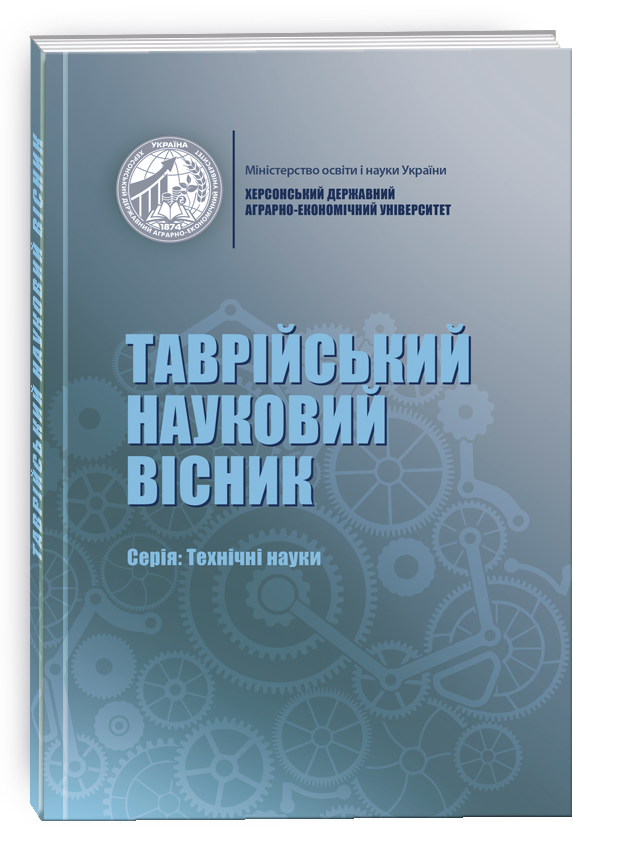SENSORY ANALYSIS AS A BASIS FOR THE CREATION OF NEW DIETARY SAUCES
DOI:
https://doi.org/10.32851/tnv-tech.2022.5.6Keywords:
sensory analysis, sauce products, safetyAbstract
Nowadays, there is a problem of the availability of food products with a balanced not only nutrient composition, but also a pronounced taste -aromatic indicator. It is known that vegetable raw materials, along with the content of valuable substances for the body, have pronounced spicy properties and contain a high concentration of antioxidant substances. Nutrition analysis of modern Ukrainians showed a high demand for sauce products as an additional component to the consumption of main dishes. After conducting a survey of 119 people regarding the consumption of sauce products, using traditional raw materials that can be filled by introducing new dietary sauces, a niche among the population was identified. Therefore, the expansion of the production of plant-based diet sauces has a high social effect aimed at correcting food rations. Sensory research methods are widely used to develop new food products. The article provides data on the influence of sensory analysis on the development of a new type of dietary sauce. 54 trained tasters participated in the research. The tasting analysis was used to develop a vegetable base for the production of the sauce, which consisted of rice milk, rice flour and corn oil. Using the flavor method, four recipes of dietary sauce with a pronounced taste -aromatic profile were made, thanks to the balanced content of Provencal herbs. In order to identify the nature of the diet sauce's behavior in production conditions, the change in rheological properties (fluidity and stability of the emulsion) at different temperature values was investigated. The developed dietary sauce was investigated for microbiological safety indicators and the dynamics of changes in sensory indicators under storage conditions in restaurants. The obtained data showed that the sauce can be stored at a temperature of (65-70)°C for 2 hours.
References
Погожих М.І., Головко Т.М., Дьяков О.Г. Розробка технології збагачення соусів емульсійного типу дієтичними добавками. Науковий вісник Полтавського університету економіки і торгівлі. 2016. № 1(78). С. 37-44.
Дзюба Н.А., Сіроцінська Д.А. Проектування полікомпонентних соусів дієтичної спрямованості. Вісник «ХПІ». 2019. № 1. С. 75-85.
Кублінська І. Соуси функціонального призначення з дієтичними добавками порошку рейши та фламуліни. Оздоровчі харчові продукти та дієтичні добавки: технології, якість та безпека : матеріали Міжнародної науково-практичної конференції, 28-29 травня 2015 р., м. Київ. К. : НУХТ, 2015 р. С. 46-47.
Дейниченко Г.В., Листопад Т.С. Визначення вмісту йоду в ламінарії та збагачення нею ягідному соусі. Наукові праці НУХТ. 2019. Том 25, № 5. С. 152-161.
Нєміріч О.В., Лявинець Г.М., Вінніков В.В., Михайленко В.м. Теоретичні передумови розроблення технології соусів зі зниженою калорійністю. Науковий вісник ЛНУВМБ імені С.З. Гжицького. 2018. Т. 20. № 85. С. 90-94.
Tamsen, M., Shekarchizadeh, H., & Soltanizadeh, N. (2018). Evaluation of wheat flour substitution with amaranth flour on chicken nugget properties. LWT Food Science and Technology. 91, 580–587. doi: 10.1016/j.lwt.2018.02.001
Козонова Ю.О., Тележенко Л.М., Атанасова В.В. Імуномоделюючі соуси. Продовольчі ресурси. 2021. Т. 9. № 16. С. 98-108.
Сборник рецептур блюд и кулинарных изделий: Для предприятий общесьтвенного питания. Авт.-сост. : А.И. Здобнов, В.А. Цыганенко, М.И. Пересичный. К. : А.С.К. 2008. С. 656.






